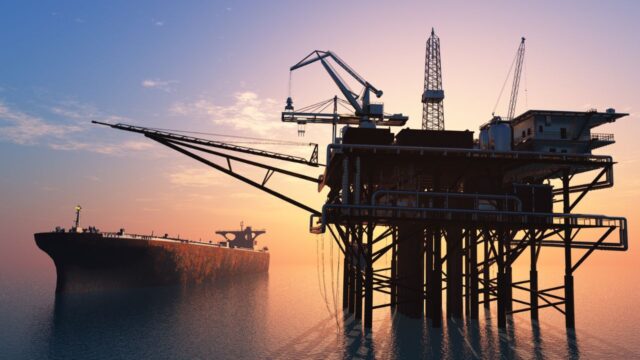Oil or drilling rigs are complex engineering marvels designed to extract oil and natural gas from beneath the Earth’s surface. These structures play a vital role in the global energy supply, making them an important subject of study. This article provides an overview of how oil rigs work, focusing on their design, operation, and the science behind them.
Types of Oil Rigs
There are two main types of oil rigs: onshore and offshore. Onshore rigs operate on land, while offshore rigs are located in bodies of water, such as oceans or seas. Offshore rigs can be further classified into submersible rigs, jack-up rigs, and floating rigs like semi-submersibles and drillships. The choice of rig depends on factors such as water depth, environmental conditions, and the location of the oil reservoir.
The Drilling Process
The drilling process begins with creating a wellbore, a narrow hole drilled into the Earth to reach oil and gas reservoirs. This is achieved using a rotating drill bit attached to a drill string, a series of connected pipes. The drill bit, powered by an engine on the surface, cuts through rock, soil, and sediment layers.
As drilling progresses, drilling fluid, or “mud,” is pumped into the wellbore to cool the drill bit, remove cuttings (broken rock fragments), and stabilize the well. This fluid is essential to maintain pressure and prevent the well from collapsing.
Once the drill reaches the oil reservoir, the next step is to “complete” the well. This involves lining the wellbore with steel casing and cementing it to prevent unwanted fluids from entering or escaping the well. Afterward, perforations are made in the casing to allow oil and gas to flow into the well.
Extraction and Production
Once the well is completed, oil and gas are extracted through the wellbore using pumps or natural reservoir pressure. Offshore rigs often use “subsea” systems to transport the extracted fluids to the surface. The extracted oil and gas are then processed and transported to refineries for refinement.
Environmental Considerations
While oil rigs are essential for energy production, they also raise environmental concerns. Oil spills, air pollution, and habitat disruption are significant risks of drilling operations. Advances in technology and stricter regulations have improved safety and environmental protection, but challenges remain.
In conclusion, oil rigs are sophisticated structures that enable the extraction of vital energy resources beneath the Earth’s surface. Understanding their operation is essential for scientific and environmental reasons, as they continue to play a crucial role in global energy supply.








